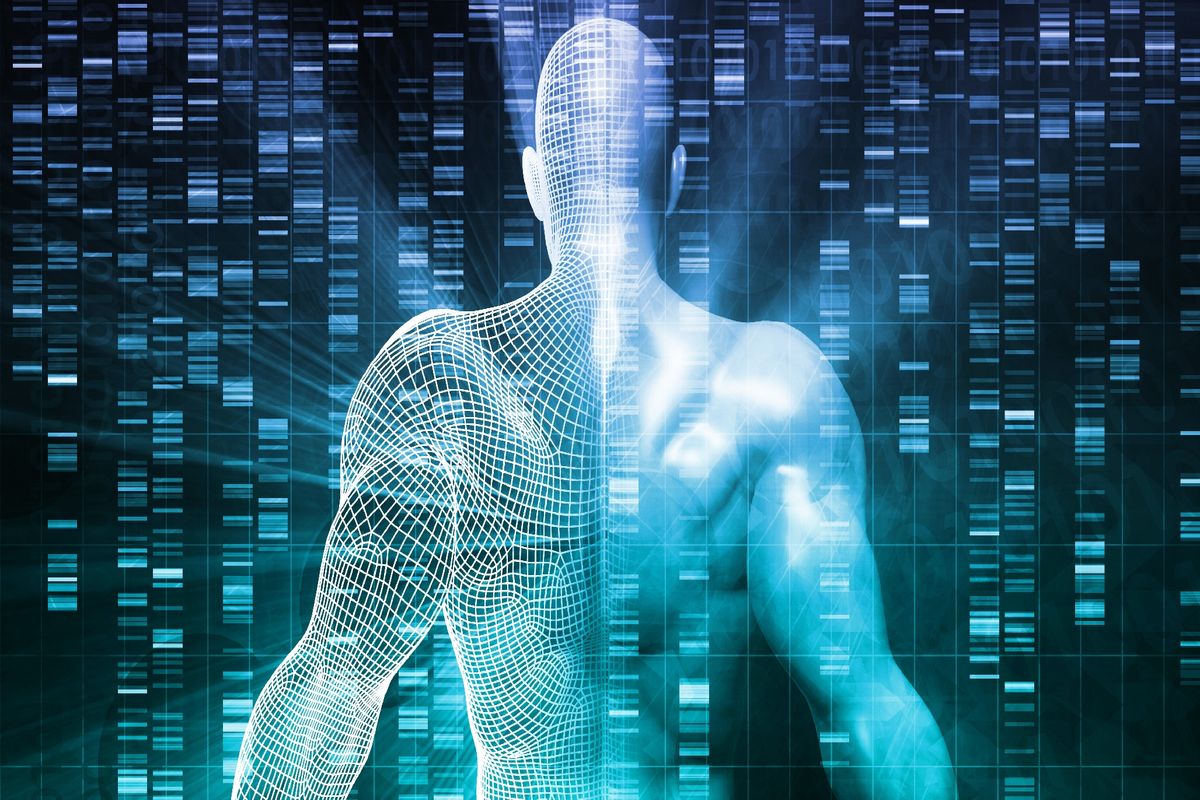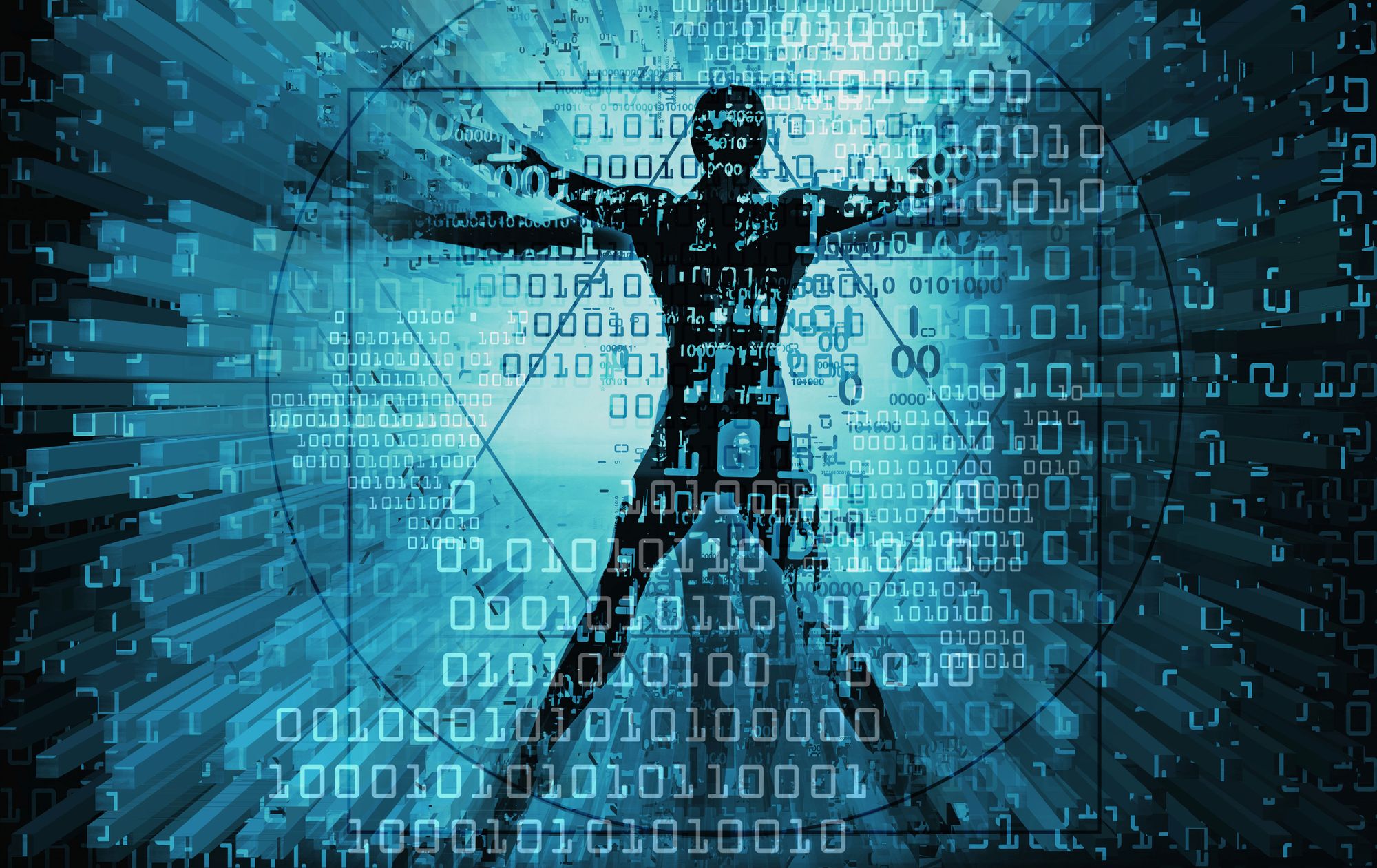Technological advancements have brought in lots of developments in the past ten years. One such development is the Internet of Bodies (IoB), a term coined in 2016. It describes linked devices that monitor the entire human body. They collect biometric, physiological, or behavioral data, and exchange precise information over wireless or hybrid networks.
Standalone mobile applications that help analyze health-related data and physical activity, including blood pressure, heartbeat, and sleep cycles, can be categorized within the IoB cohort. Nevertheless, these are deliberately excluded from this classification to avoid cases of confusion with mHealth.
The Internet of Bodies is put under the larger IoT solutions sector. However, just as the name suggests, IoB devices guarantee an in-depth synergy between humans and devices than linked refrigerators, thermostats, and curtains.
IoB products come in different categories, ranging in complexity from fitness trackers and smartwatches, used by nearly 21% of Americans, to implantable insulin delivery devices, brain stimulation gadgets, and ingestible sensors.
The advantages of implementing IoB solutions at scale include personalized insurance plans, improved public safety, better diagnosis and treatment of health conditions, and enhanced productivity, among others.
Related: Internet Of Things: What Are Its Benefits And Drawbacks For Business?
Nevertheless, the mass adoption of the Internet of Bodies may also cause illegal access to sensitive information by third parties, some income-based health disparities, and the installment of a global surveillance state.
Internet Of Bodies Overview
Just like all the other Internet of Things (IoT) ecosystems, IoB devices operate on four levels:
- Hardware – It comes with limited or advanced computing capabilities depending on the intended use. IoB devices are designed with embedded software and various sensors that measure human-generated data including oxygen levels, hematological parameters, step count, pulse, daily routines, or facial features. Sensor data can be analyzed and stored in the cloud or on the device subject to the gadget’s processing power. It is possible to integrate invasive and wearable IoB devices into a wireless body area network (WBAN).
- Networks – can be hybrid or wireless. Connectivity technologies enable IoB systems to securely exchange data with one another and a centralized hub at preset intervals or instantly.
- Back-end Infrastructure – it encompasses analytics, data storage, and visualization solutions. When it comes to IoB, the “infrastructure” team may also refer to a support network guaranteeing a gadget’s smooth operation, including a team of healthcare specialistshealthcare specialists ready to intervene in case a personal help button is pressed.
- End-user Applications – they enable individuals to configure IoB devices, link them to other apps and hardware, and view sensor data over a given period. The apps mostly operate on mobile devices, although the voice interfaces are also gaining traction in the Internet of Things space.
Connected devices have to perform one or both of the functions below to get classified as an Internet of Bodies product:
- Change the human body’s functions
- Collect accurate health, behavioral, or biometric data
Most IoB products come in direct contact with the human body, are physically connected to it, or in the case of implantable and ingestible devices, and are swallowed or even surgically inserted into a patient’s system.
Consequently, the U.S. Food and Drug Administration (FDA) majorly regulates the manufacturing, development, and use of Internet of Bodies solutions. Even consumer wearables that were not considered medical devices unless manufacturers labeled them that way, now mostly need FDA clearance.
While that might slow down the launch of various Internet of Bodies features and products, like the oximeter functionality introduced in Apple Watch when the pandemic hit, the decision also avoids flawed devices from joining the market and caused damage to people’s health.
Related: The Internet Of Behavior (IoB): What Is It And Why Is It A Top Trend In 2021?
Examples of IoB Products
The Internet of Bodies solutions come into two categories that include medical and consumer-grade devices.
Consumer IoB Devices
Connected home solutions include automatic pill dispensers, security cameras, hearing aids, door locks with face recognition capabilities, indoor navigation systems to help the visually impaired, voice-controlled smart home devices, and in-home remote monitoring networks for patients and the elderly with chronic conditions.
Fitness Devices
- Fitness mirrors that have computer vision functionality
- Training and weight measuring equipment boosted with sensors
- Wearable physical activity trackers, including some innovative accessories
- Linked apparel and fabrics
Wellness Technology
- Vitals monitoring devices like wearables for blood pressure, heart rate, and oxygen monitoring
- Baby tech solutions – smart cribs, camera and sensor-based monitors, intelligent baby formula makers, and linked body temperature nebulizers and thermometers
- Diabetes management systems
- Femtech products like connected bras and breast cups, smart pads, tampons, hardware-based fertility trackers, menstruation cups, and pelvic floor training tools
Medical IoB Devices
Smart Hospital Solutions
- Point-of-care testing equipment
- Biometric-based identification networks for hospital staff and patients
- Stationary medication dispensers
- Integrated hospital beds with vitals monitoring features
- Integrated IoT networks for outpatient, inpatient, and remote patient care.
Implantable And Ingestible Devices
- IoT-based prosthetic limb systems
- Digital pills for non-invasive diagnostic processes and medication intake monitoring
- Organ systems – artificial pancreas systems, artificial retina implants, smart stents, heart implants, and cochlear implants for people with hearing loss
- Neurological IoB solutions – deep brain stimulation solutions, brain-computer interfaces (BCI) fitted with implantable sensors, and seizure monitors
How IoB Revolutionizes Healthcare
Although the Internet of Bodies can change almost all sectors, healthcare professionals are the immediate beneficiaries of the revolution.
The benefits of adopting Internet of Bodies products in medical care span non-invasive diagnosis, 24/7 patient monitoring, precision medicine, enhanced quality of life for patients that have chronic conditions, and personalized health insurance plans.
On the other hand, some risks and challenges come with the adoption of IoB. They include privacy, security, and ethics. With all the trackers aiming to determine the user’s whereabouts and body parameters, hackers and third parties may access the data and use it illegally.
Related: Lemon Healthcare Uses Blockchain Technology to Improve the Smart Healthcare Ecosystem for Patients
The Future
The COVID-19 pandemic increased the public’s interest in digital healthcare solutions, and healthcare service providers seem to have followed suit. Pushed by telehealth, healthcare analytics solutions, and remote patient monitoring, the digital health space is on track to exceed $220 billion by 2026.
It is just a matter of time before the IoB goes mainstream as well.
On the flip side, there is the emergence and scale implementation of innovative networking technologies like Wi-Fi 6, satellite Internet, and 5G. For instance, 5G could possibly support up to one million devices per square kilometer (up from 4G’s 4,000 devices per square kilometer).
Soon we might see greater interoperability between IoB and IoT devices, which exchanges data in a unified format at a quicker pace. So far, crucial steps like the establishment of the global oneM2M initiative have been executed in this direction.
All this technological integration would help develop next-gen cyber-physical networks where linked thermostats feed off data collected from the sensors embedded into smart apparel. They can automatically adjust their temperature settings, and notify an endocrinologist when glucose concentration in sweat rises.










